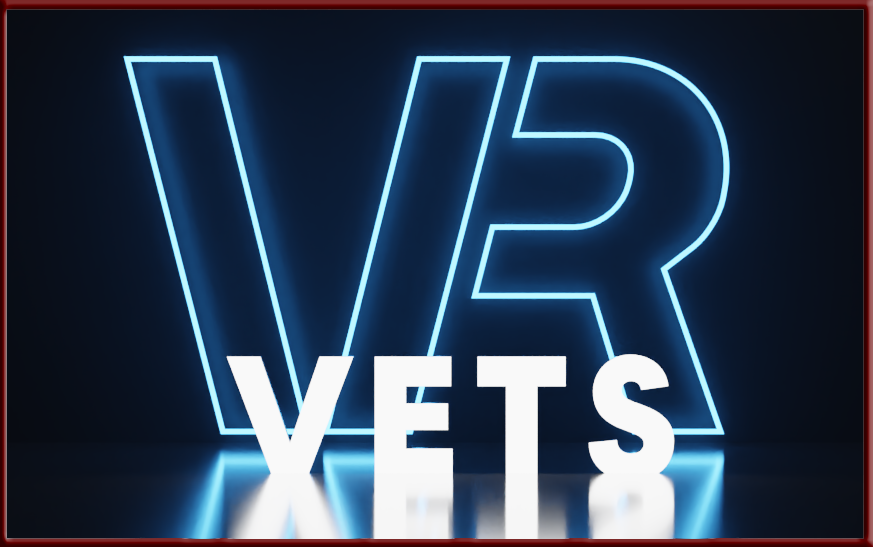Unreal Engine Training Course for VR/XR/AR Production
Unreal Engine: 101 – Unreal Engine 101 is an online video course designed to educate qualified Veterans to inspire and showcase the opportunities that are available in the VR space using Unreal Engine. The basics of Unreal will be taught including software navigation, environment creation, basic lighting, basic blueprinting, and rendering.
Unreal Engine: 201 – Unreal Engine 201 is available to Veterans that have completed Unreal Engine 101 com, This course will last 10 weeks and consist of 2, to 3 hours of classes a week. There will be assignments given and reviewed by our course supervisor. This will test the individual’s ability to take their learnings and use outside resources to achieve set tasks.
Unreal Engine: 301 – For those Veterans that have completed Unreal Engine 201, however, but are not ready for advancement to the internship program we are offering this additional study program. This gives further mentorship and gives some extra 1 to 1 time with the instructor to identify any areas they may be struggling with to provide the correct guidance and assistance needed to get them ready for the next stage.
Unreal Engine Paid Internship – Once the 201 courses are completed the candidates will be considered for Paid internships on real projects. Each project will test their skills and competency, as they are nurtured through the program by one of our Unreal engine masters, they will receive real-world feedback as to how their skills will translate to the final goal of a full-paid career in the world of virtual production.
Final outcomes and skillsets of the Unreal Engine course:
In this course, we intend to give you a solid set of techniques and tools to begin your journey in this exciting frontier called Virtual Production. The tutorial series uses a practical, hands-on approach to teach you how to build VP projects and applications using the Unreal Engine. Each chapter walks you step-by-step through the process of building the essential building blocks of a VP you can use in a studio application. We pair these steps with in-depth explanations of what’s really going on and why things are done the way they are.
Understanding how the underlying systems and ideas work is crucial to the work you’ll do on your own after you’ve finished these tutorials, and, in this class, we’ve tried to give you both—an understanding of what to do to build a VP application, and the background you’ll need in order to use this course as a springboard for your own work to find a career in the industry of virtual production. You should come away from this course with a solid understanding of how VP workflows are built, and what specifically you need to know and understand about Unreal Engine to achieve results in the industry.
- Fully competent with the navigation of the Unreal Engine software
- Projects & Levels – the ability to set up projects correctly to the deliverables set by the client and dependant on the type of project we are working with.
- Actor Types – Understanding of the different variants of actors used to build a scene/set/environment.
- Meshes & Brushes – Understanding the operation and use of meshes and brushes to build and manipulate geometry within a space and the landscape.
- Lighting – Full ability to light a scene/set/environment to professional standard following set deliverables.
- Materials – The ability to build and use materials and how to manipulate them to client requests.
- Characters & Input – How to add characters to a scene and have simple movement input.
- Collisions – Understand the use of collisions and triggers for real-time effects.
- Blueprint Logic & Data – Simple blueprint logic knowledge and how they are used to operate assets in the scene for real-time or triggered purposes.
- User Interfaces – The building of overlaid user interfaces for the use of specific virtual shots.
- Audio – How environmental audio can be input in real-time if needed within an unreal engine for environmental/ atmospheric sounds.
- Architectural building – Building scenes/sets/environments to scale or the ability to use real-life architectural practices within their builds for extra attention to realism detail.
- Client management – Understanding the hierarchy of virtual production and the communication workflow when undertaking virtual production jobs. The handling of clients in real-time events during pre-production, shoot days and if necessary post-production.

